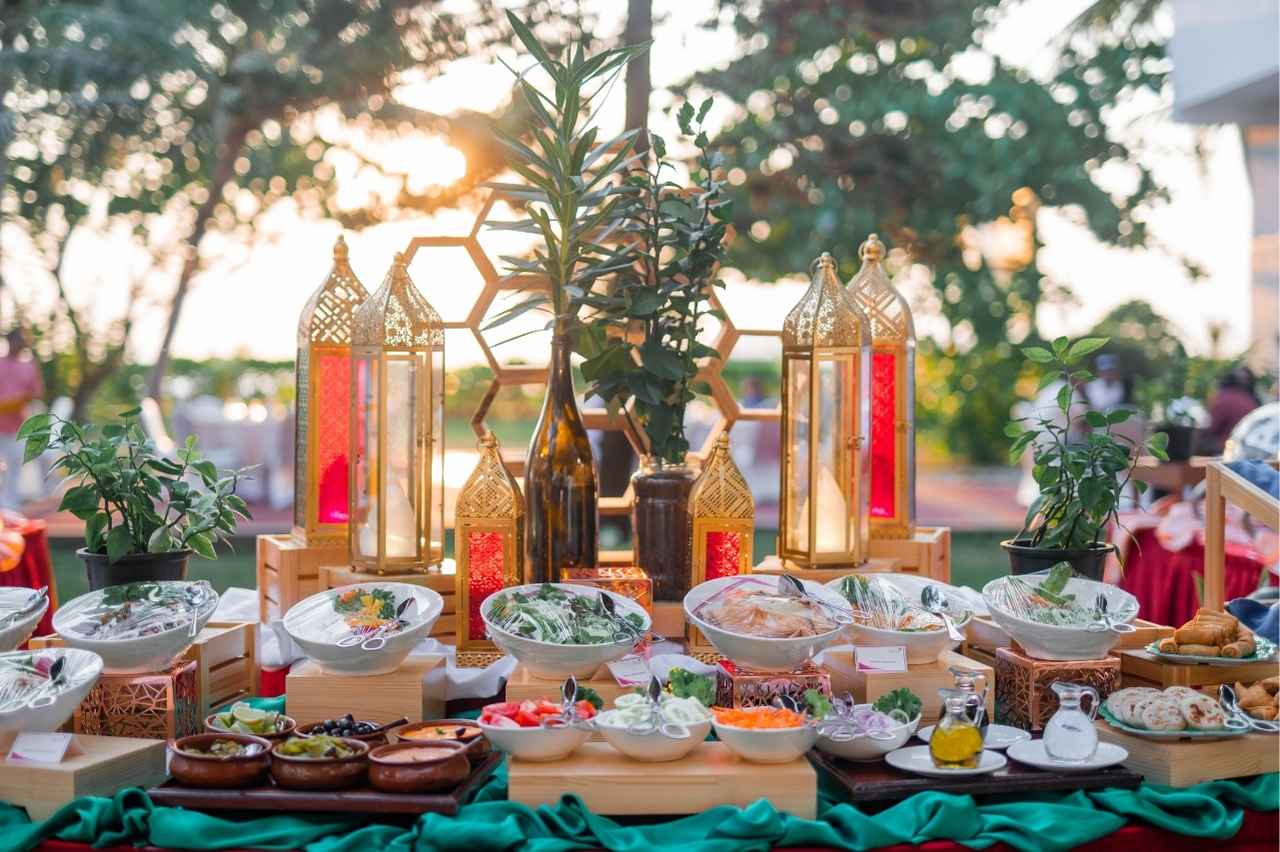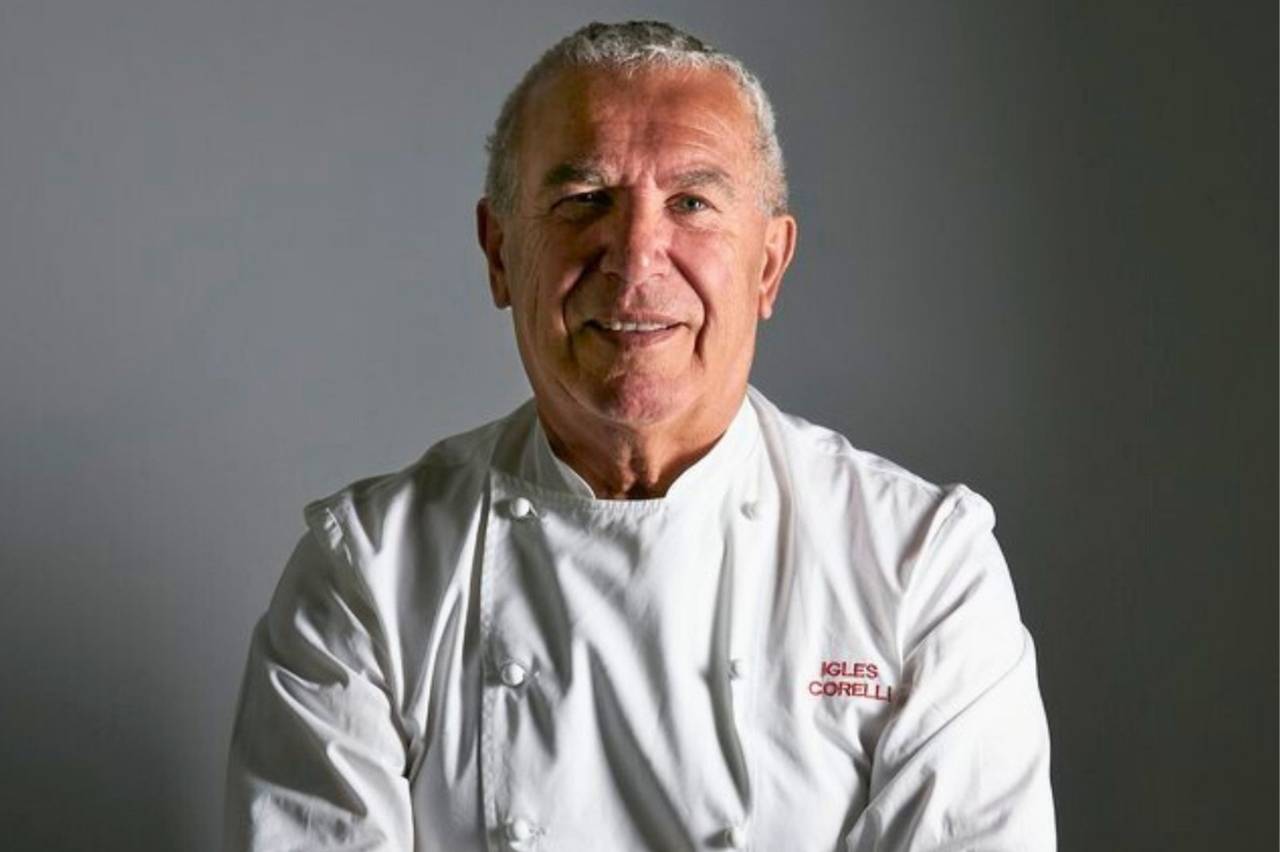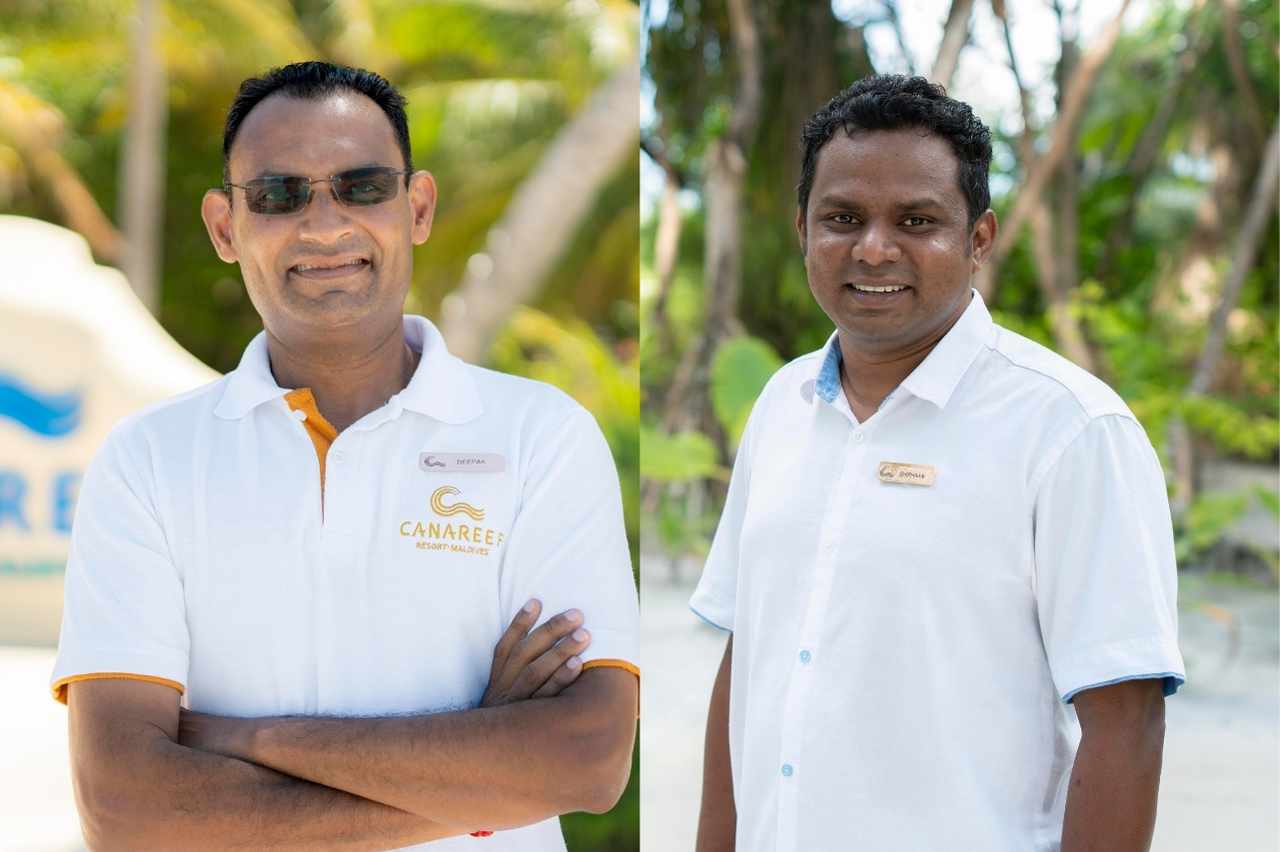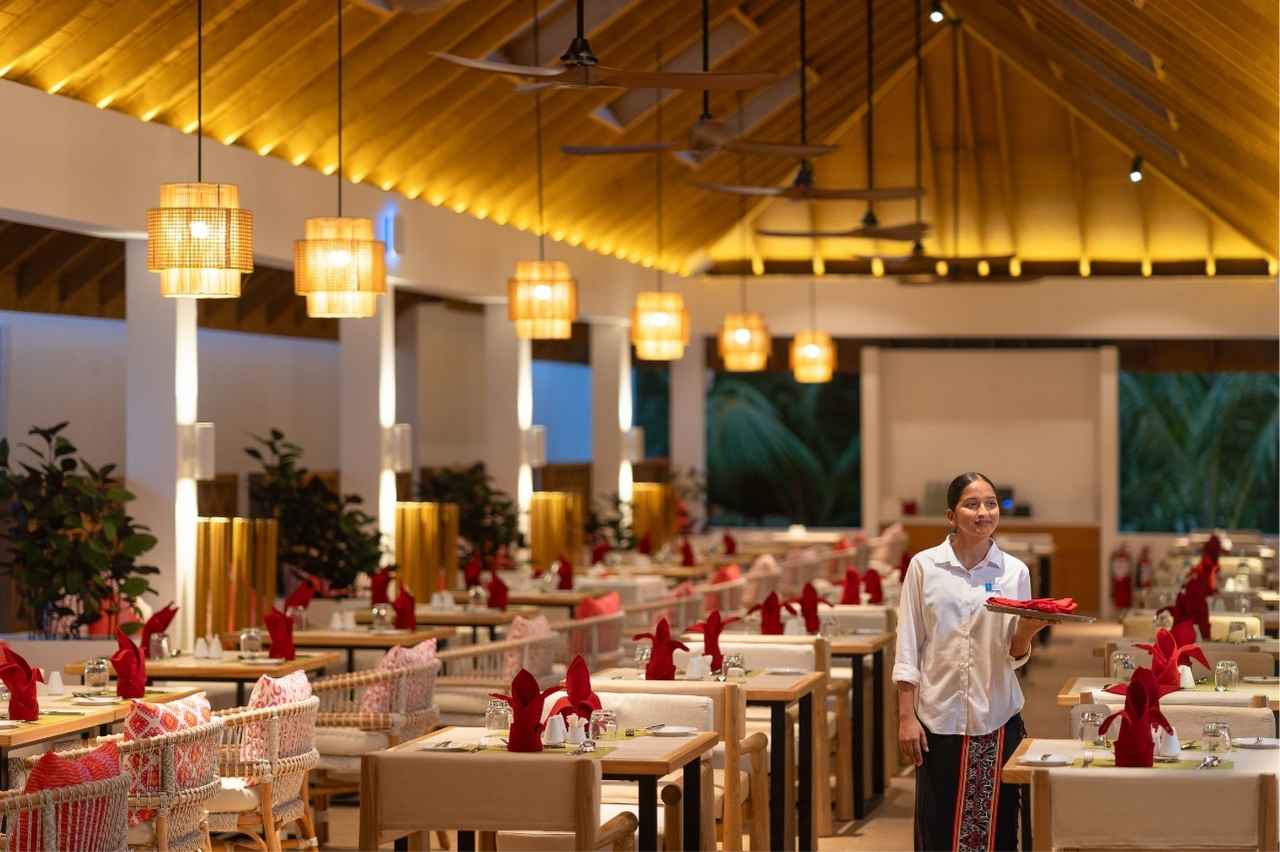Villa Haven is poised to become a sanctuary of 73 villas, nestled in the picturesque South Ari Atoll. With the opening of Villa Haven, the locally owned brand Villa Resorts is marking its inaugural venture into the realm of luxury accommodation.
Villa Haven meticulously crafts itself to cater to a discerning group of travellers known as the Simple Sybarites. This group of travellers seek indulgence in elegance of simplicity by prioritizing sufficient over excess. The resort designs itself as a haven for those yearning to reconnect with nature. As the resort blurs the boundaries between indoor and outdoor spaces, guests can also explore a holistic retreat experience!
Exploring Villa Haven!
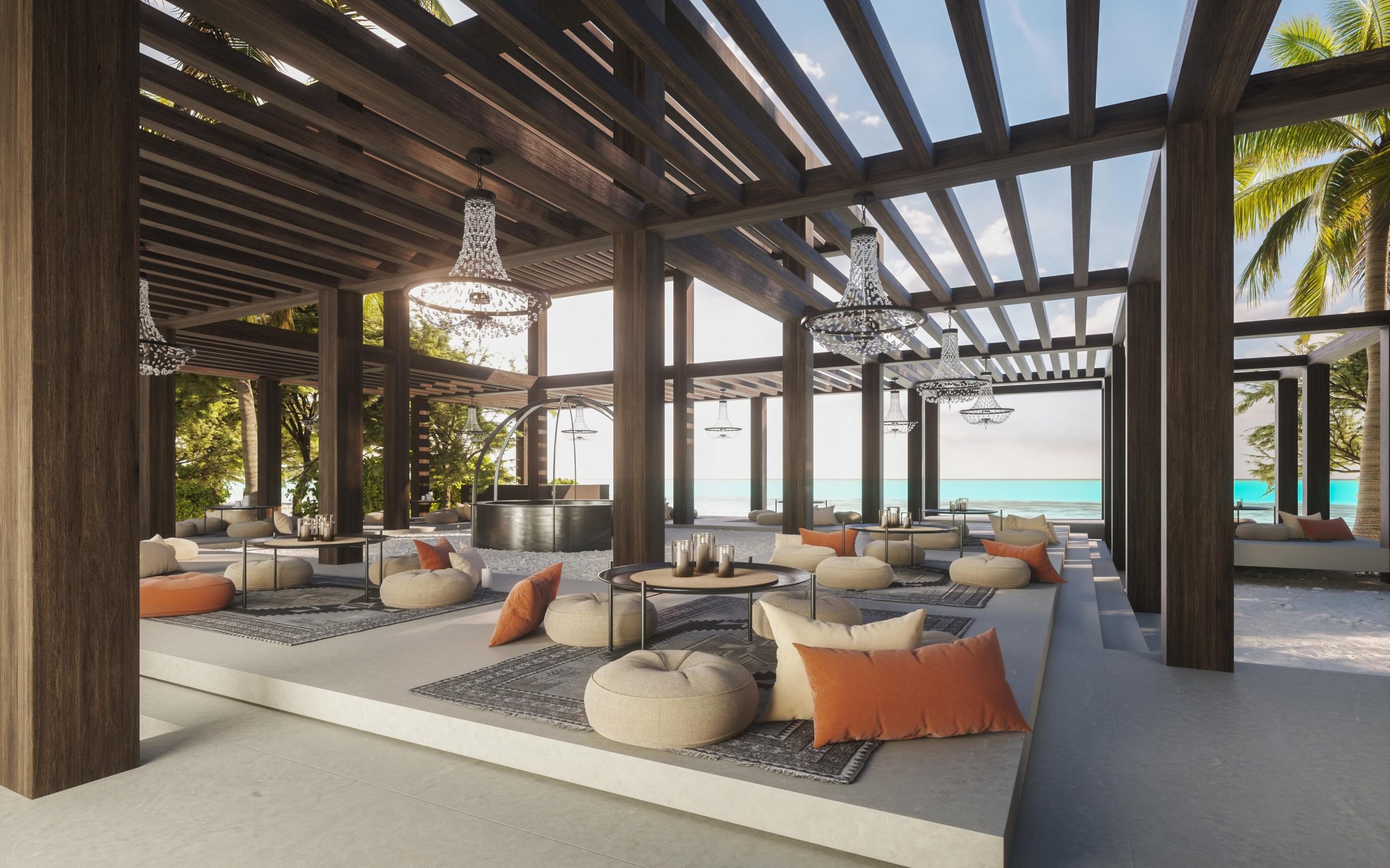
Boasting 73 exquisite sea-facing residences, Villa Haven offers guests an intimate and secluded island experience. Each of the 73 villas adorns itself with private pools, offering unparalleled intimacy to its guests. The design of these beautiful villas celebrates the raw beauty of the Maldivian landscape. Guests at Villa Haven can explore indigenous craftsmanship through the extensive usage of sustainable materials at the property.
For the perfect island getaway experience guests can explore Haven Reserve. Boating three bedrooms and three pools, including a main pool, this haven sets a new standard for lavish retreats. Guests at the Haven Reserve get the unique experience of exploring one of the largest private pools in the Maldives, stretching an impressive 40 metres!
As guests step inside the rooms, mesmerizing interiors greet them, setting the mood for their Maldives stay. In addition to the comforting glow of chandeliers, the rooms are further complemented by the rustic charm of raw furnishings. Villa Haven is perfect for families and friends who are seeking unforgettable escapes in the Maldives.
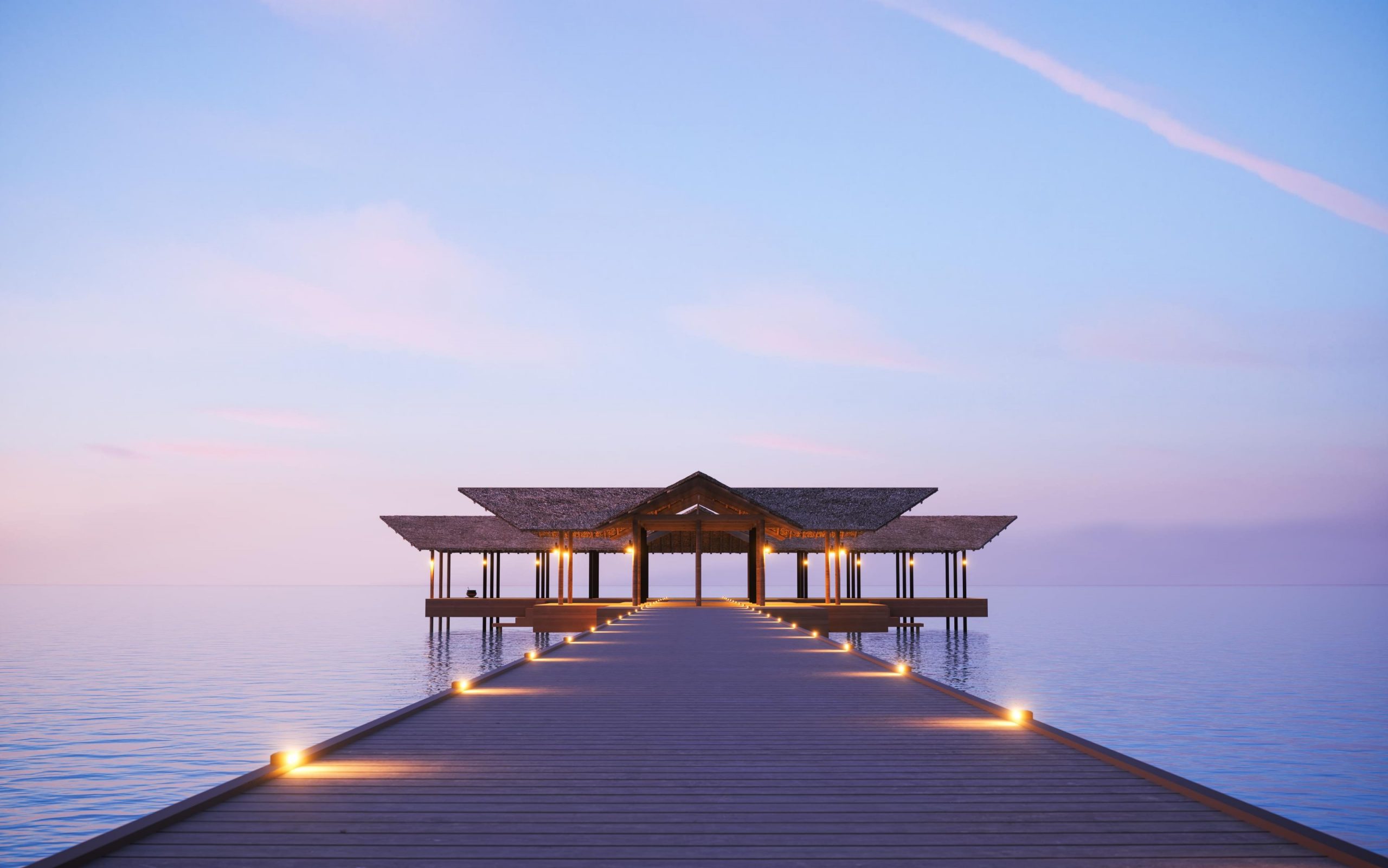
Villa Haven is also poised to become the perfect location for culinary enthusiasts. The resort boasts an array of dining venues, each offering a unique culinary experience. In addition to meticulously crafted dishes, guests can also explore traditional cooking methods that will tantalize their tastebuds!
For more casual dining experiences, guests can explore The Olive. Serving as a main restaurant, guests can explore options for breakfast, lunch as well as dinner. The Olive boasts a beautiful, modern market-style setting, perfectly embodying the island-retreat feel of Villa Haven. For guests seeking Japanese cuisine, Yuzu offers a delectable variety of offerings. Perched above the crystalline azure waters, the restaurant offers the most stunning backdrop for an unforgettable experience.





